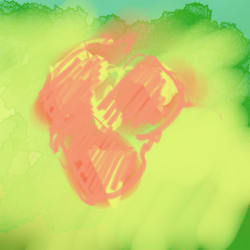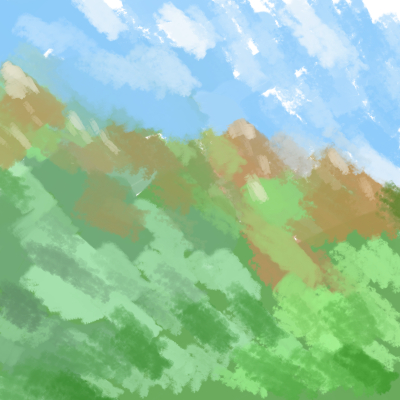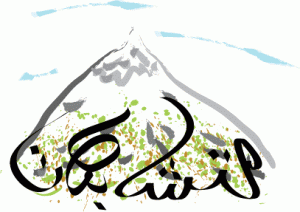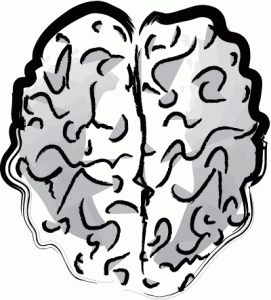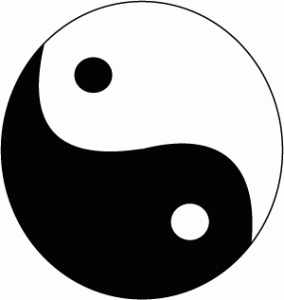
In many Eastern traditions, like Taoism, the Yin and Yang represent the balance of light and dark, good and evil. Perhaps you’ve even heard some Eastern practitioners say that there’s no difference between good and evil. Many don’t mean this literally, but still, it’s a murky message to plant in people’s minds—especially to new students who tend to take everything literally.*
Yin and Yang emphasize balance. Let’s see what the Quran says about balance: we are a “community of the middle way” (2:143), when praying we should “not be too loud, nor too low, but seek a way in between” (17:110), and when giving charity we should “not be too extravagant, nor too tight-fisted, but be balanced in between” (25:67).
That’s a lot of talk about balance. This thought leaped into mind, “If balance is so key, then a criminal could justify doing evil because he’s trying to “balance” the good in the world.” (This is warping the concept of Yin and Yang by the way). The Quran provides clarity to every system of knowledge, including the symbols in Taoism. How cool is that! Read on, and correct me if I’m wrong.
For starters, light and darkness are not equal in the least. Light really exists but darkness only exists in light’s absence. As the sun sets, darkness creeps in. But when the sun rises, it wipes away all the darkness. In this duality, Light is independent of darkness, and darkness is dependent. God puts this very clearly in an insightful verse:
“The blind and the seeing are not equal,
Neither is the darkness (equal to) the Light,
Nor the (coolness of) the shade and the heat,
Nor the living and the dead.
God indeed makes whomever He wills listen,
But you cannot make those (interred) in graves to listen” (35:19–22).
The same independent/dependent relationship exists between heat and cold, life and death, and even truth and falsehood. Where there is heat, there is no cold, where there is life, there is no death. Life is the independent. There is nothing to death but the absence of life.** The two aren’t equal. And this is where the diagram of Yin and Yang is not accurate when viewed superficially. It gives the impression that evil and good, light and dark are equal, when in fact they aren’t.
When asking God for clarity on this question, I came to this amazing, yet simple verse speaking about something we see in nature all the time:
“Have you not considered your Lord, how He stretches the shadow?
Had He willed, He could have made it remain in place, then We did make the Sun its guide” (25:45)
This is really stunning! The Yin, represented by the shadow, is actually dependent upon the light. No one can say they’re equal. Just go outside and take a look at nature. The Sun’s light guides the shadow! When the light commands one location, the shadow submissively responds and moves accordingly. That’s not an equal relationship, but a relationship between independent and dependent.
Since students of the divine always strive to submit to the Truth, one of God’s beautiful names, we seek to harmonize with the Independent. That Independent is God. Yes, there is potential for evil in all of us, and yes that is a challenge and test for us to grow and learn through, but light & dark, good & evil are not equal. We neither submit to darkness, to evil, nor to death. We submit to Light, to Goodness, and to the Living (these are all God’s names by the way). The next time someone misunderstands the good and evil/Yin and Yang, quote them this verse, and tell them to look outside 🙂
I don’t know about you, but this left a beaming smile on my face. I better understood verse 25:45 only by considering the ideas of other spiritual systems of the world. I asked God about the Yin and Yang. Not only did the Creator answer these questions, but his answers help clarify meanings of symbols for followers of spiritual systems across the world! Thank you God for being so Great!
Footnotes:
* If Eastern practitioners meant this literally, they would promote heinous behavior, which real practitioners do not do. This is a description of Yin Yang from a Taoist source here: http://personaltao.com/teachings/questions/what-is-yin-yang/
If you read the comments on this site you will see some misunderstanding the Yin and Yang by saying that they are seeking a balance between their evil and good tendencies since no one can be all good. They are justifying continuing their evil actions, just like the example of the criminal mentioned in our post. Of course no one is all good. That is because we are dependent creatures. Only the Independent, our Creator, is all good. Their philosophy will only lead to stagnation. How could you grow by justifying your evils and continuing them? Growth is to strive to purify those evils and harmonize with Good as best we can, to constantly seek improvement day by day. Forgive this expression, but yes we must defecate everyday. But we don’t keep that waste in our body. That will only lead to death. The body constantly strives to purify itself: it takes in food, keeps what’s good, and gets rid of what is evil. You can’t use the beautiful concept of “balance” to justify holding on to filth.
** I first heard this beautiful presentation of ideas in a debate between a theist, Rajab Ali, and an atheist, Dan Barker, on YouTube. I remembered the verse in the Quran and concluded that’s where Rajab Ali was inspired to make that profound point: verses 35:19-22! You can see the debate here:
“Theist Vs Atheist Debate: ‘Does God Not Exist?’ (Part 1/3).” http://www.youtube.com/watch?v=tlaEPERULhc
Please feel free to leave a comment.
